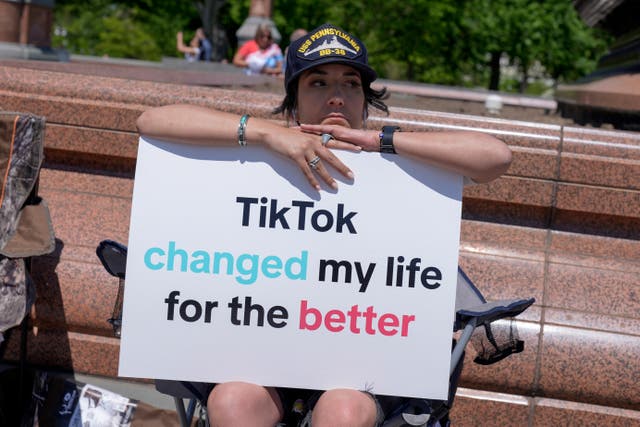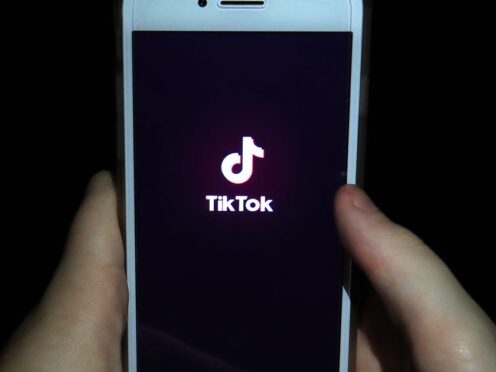TikTok is facing unprecedented pressure over its ownership and business model after the US moved ever closer to passing legislation that would force its China-based parent company to sell the platform or be banned.
Legislation that would force parent firm ByteDance to sell TikTok’s US business within a year or face being banned in the country has passed through the US Congress, and now only needs President Joe Biden’s signature to become law.
Here is a closer look at the troubles facing the social media giant.

– What has the US done?
The US Senate has passed legislation that would force ByteDance, the China-based parent company of TikTok, to sell the platform within nine months, plus a three-month extension if a sale is in progress, or face being banned in the United States.
The highly controversial legislation was included in a package of bills alongside foreign aid for Ukraine and Israel to help smooth its passage through Congress and on to President Joe Biden’s desk to be signed into law.
However, the Bill is expected to face a fight from ByteDance, as well as extensive legal challenges from users and others before it is ever enacted.
– Why have US lawmakers done this?
The Bill is the culmination of years of concerns expressed in the US over possible Chinese government control of TikTok, and fears personal data from the app, which is used by around 170 million Americans, could be handed over to Beijing.
Officials in the US have repeatedly expressed concerns that the Chinese authorities could force ByteDance to hand over US user data, or make attempts to influence app users by forcing the promotion of certain content on the platform.
TikTok has always denied that it is in any way influenced or controlled by the Chinese government, or that it would cooperate with any demands for data.

– Are concerns about TikTok held elsewhere?
Yes, the US is not alone in raising fears about potential Chinese influence on TikTok.
A number of other governments, including the UK, have banned the app from government devices over fears of Chinese influence.
The platform is also facing wider scrutiny over its business.
The EU is currently threatening to ban a new rewards programme launched on the “Lite” version of the app in France and Spain, which pays users to spend time on the app.
European Commissioner Thierry Breton has called the feature “toxic and addictive”, with the European Commission opening formal proceedings against TikTok to assess whether it has broken EU law.
Under new rules which came into force last year, the biggest platforms have to produce a risk assessment before they make major changes to their products.
– What does all this mean for the platform and users?
TikTok users in the US, and in particular creators on the platform, face potentially huge disruption to the service and their income streams should any ban ever take effect.
Critics of the ban say it violates a user’s right to freedom of expression by taking away a vehicle for it and have threatened legal action in response to the Bill.
Many content creators and small businesses who rely on the site’s growing e-commerce platform would also see their income substantially impacted.
What remains unclear is whether other countries will follow the US’s lead and also move to ban the app completely, potentially impacting access to the app elsewhere.
Even if a others do not follow the US, the loss of its largest market would no doubt have an impact on the influence of the platform, with many American users likely turning to rival sites for their social media output and making it much harder for TikTok to compete.
